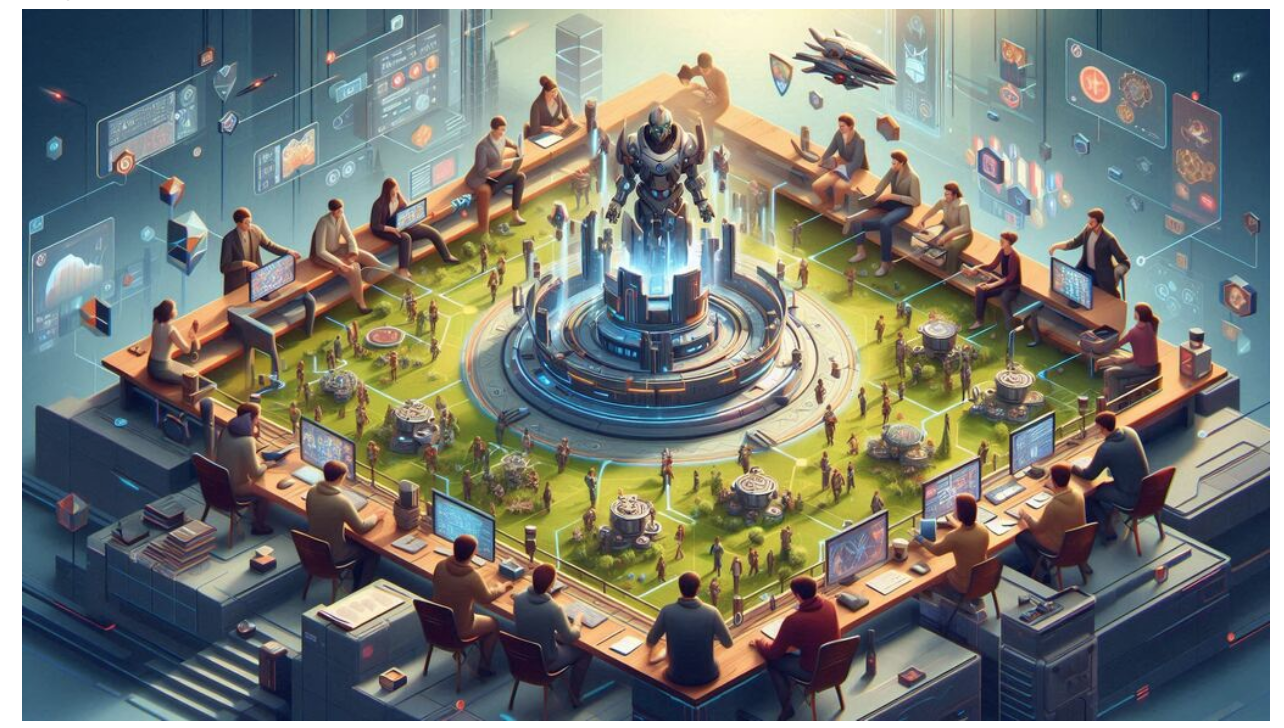In the ever-evolving landscape of online gaming, achieving a competitive edge often requires more than just honing technical skills. Players are increasingly turning to social features within games to gain advantages that can tip the scales in their favor. Manipulating in-game social dynamics is becoming a critical strategy for those looking to excel in competitive environments. This blog explores how players use social features to enhance their gameplay, the techniques involved, and the implications for both players and game developers.
Understanding In-Game Social Dynamics
In-game social dynamics refer to the interactions and relationships that players build and navigate within the game environment. These interactions can include forming alliances, engaging in communication, and collaborating on strategies. Social features in games, such as chat systems, friend lists, guilds, and team-based mechanics, play a significant role in shaping these dynamics.
Players can manipulate these social features to gain a competitive edge by leveraging their ability to influence and control social interactions. Key aspects of in-game social dynamics include:
- Forming Alliances and Partnerships: Players often form alliances or partnerships with others to achieve common goals. By strategically aligning with powerful or skilled players, they can gain access to resources, support, and information that provide a competitive advantage.
- Influencing Group Behavior: Through effective communication and persuasion, players can influence the behavior and decisions of their group or team. This can include directing the group’s focus, creating diversion tactics, or coordinating attacks to achieve specific objectives.
- Building and Managing Networks: Networking with other players allows for the exchange of valuable information, resources, and strategies. Players who effectively manage their networks can gain insights into opponent strategies, exploit weaknesses, and gather intelligence.
- Utilizing Social Engineering: Social engineering involves manipulating other players through psychological tactics. This can include creating fake alliances, spreading misinformation, or exploiting trust to achieve specific goals.
- Leveraging Group Dynamics: Understanding and exploiting group dynamics, such as group cohesion and loyalty, can be used to control the outcome of in-game events. Players can use these dynamics to influence group decisions and gain an advantage in competitive scenarios.
Techniques for Manipulating Social Dynamics
Players use various techniques to manipulate in-game social dynamics and gain a competitive edge:
- Strategic Alliance Formation: By forming strategic alliances with influential or skilled players, individuals can leverage the power and resources of their allies. These alliances can provide support during critical moments and improve overall performance.
- Communication Tactics: Effective use of communication tools, such as in-game chat and voice channels, allows players to coordinate actions, share information, and influence the behavior of others. Skilled communicators can sway group decisions and create opportunities for advantage.
- Deception and Misinformation: Players may use deception and misinformation to mislead opponents or disrupt their strategies. This can involve spreading false information, creating fake threats, or using psychological tactics to manipulate perceptions.
- In-Game Leadership: Assuming leadership roles within groups or teams can provide control over group dynamics. Leaders can guide group strategies, make critical decisions, and direct the group’s actions to align with their own objectives.
- Exploiting Social Hierarchies: Understanding and exploiting social hierarchies within the game can provide opportunities for manipulation. Players may target key individuals or groups to gain influence and control over the game’s social landscape.
- Creating Alliances with Multiple Factions: Building relationships with multiple factions or groups allows players to gather diverse perspectives and resources. This can be used to gain insights into rival factions and leverage relationships for strategic advantage.
Implications for Players and Game Developers
The manipulation of in-game social dynamics has significant implications for both players and game developers:
- For Players:
- Competitive Advantage: Players who effectively manipulate social dynamics can gain a competitive edge, leading to improved performance and success in the game.
- Ethical Considerations: Ethical considerations arise when manipulating social dynamics. Players must balance strategic advantage with fair play and respect for others.
- For Game Developers:
- Design Considerations: Developers need to consider how social features and dynamics can be manipulated. Designing features that balance player interaction and competitiveness is crucial to maintaining a fair and enjoyable gaming experience.
- Monitoring and Moderation: Implementing monitoring and moderation systems can help detect and address manipulative behaviors. Developers must ensure that social features are used in a way that supports fair play and positive interactions.
- For the Gaming Community:
- Community Impact: Manipulating social dynamics can impact the overall gaming community. Positive use of social features can enhance collaborative gameplay, while negative manipulation can lead to conflict and frustration.
Conclusion
Manipulating in-game social dynamics for a competitive edge represents a sophisticated approach to gaining advantage in online gaming. By leveraging social features effectively, players can influence group behavior, form strategic alliances, and utilize psychological tactics. While this strategy can lead to significant competitive benefits, it also raises ethical considerations and challenges for game developers. Balancing the use of social dynamics with fair play and positive interactions is essential for maintaining a thriving gaming community and ensuring an enjoyable experience for all players.

